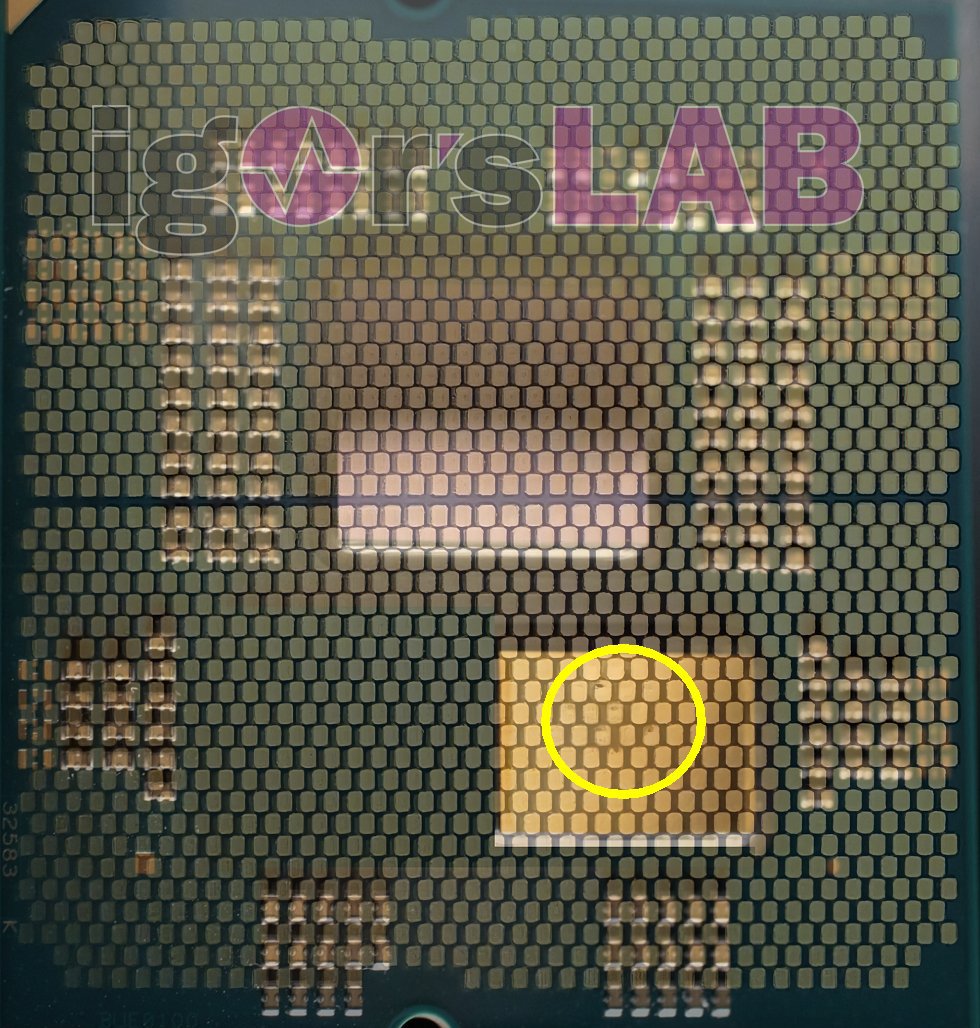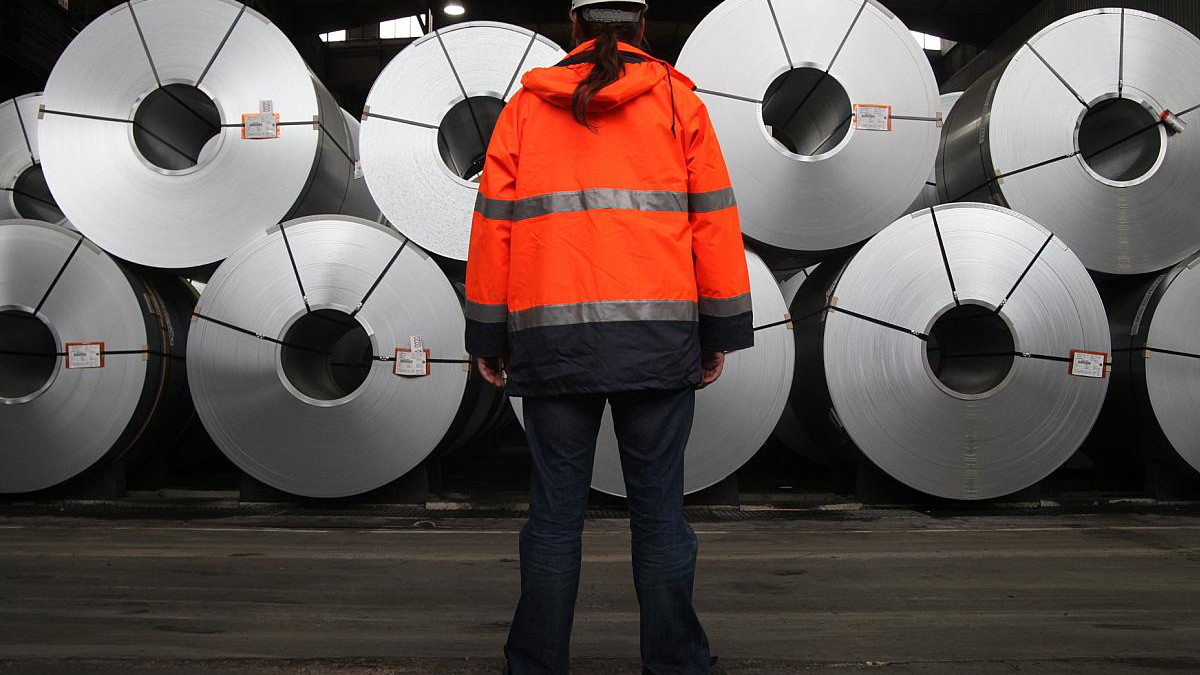Some motherboard manufacturers have implemented sample EXPO profiles for the original Ryzen 7000(X) into the BIOS for the new Ryzen 7000X3D processors without modifying them to the X3D series parameters. The latter uses a chiplet equipped with a V-cache layer, which has different voltage requirements and does not support such high values as classic (original) chiplets without V-cache.
According to users Casi030 and impi182, after using the EXPO profile and auto overclocking, a high voltage (i) setting occurs for the V-cache chiplet. The voltage then varies between 1.36-1.4 V, in the operating system up to 1.5 V, which the processor may not survive. Overclocker Der8auer (Roman Hartung) confirmed that the problem is indeed in the EXPO profiles: If they are not used (but even if they are used, but the user manually sets the correct voltage), there is no damage.
Asus announced that on Friday, as part of the EFI update, it implemented a specific mechanism for monitoring temperatures and removed previous BIOSes that allowed manual voltage settings. Users of Gigabyte motherboards have also reported problems, and there has been at least one case involving MSI.
So for now, we can only recommend some of the solutions below:
- update the BIOS if the manufacturer has already released a new one
- don’t use the EXPO profile with any automatic overclocking (or manual unless you know very well what you’re doing)
- or simply use only factory settings until a definitive solution comes
2023-04-25 22:07:35
#Board #manufacturers #forgot #adjust #EXPO #voltage #Ryzen #7000X3D #profiles #risk #burning


